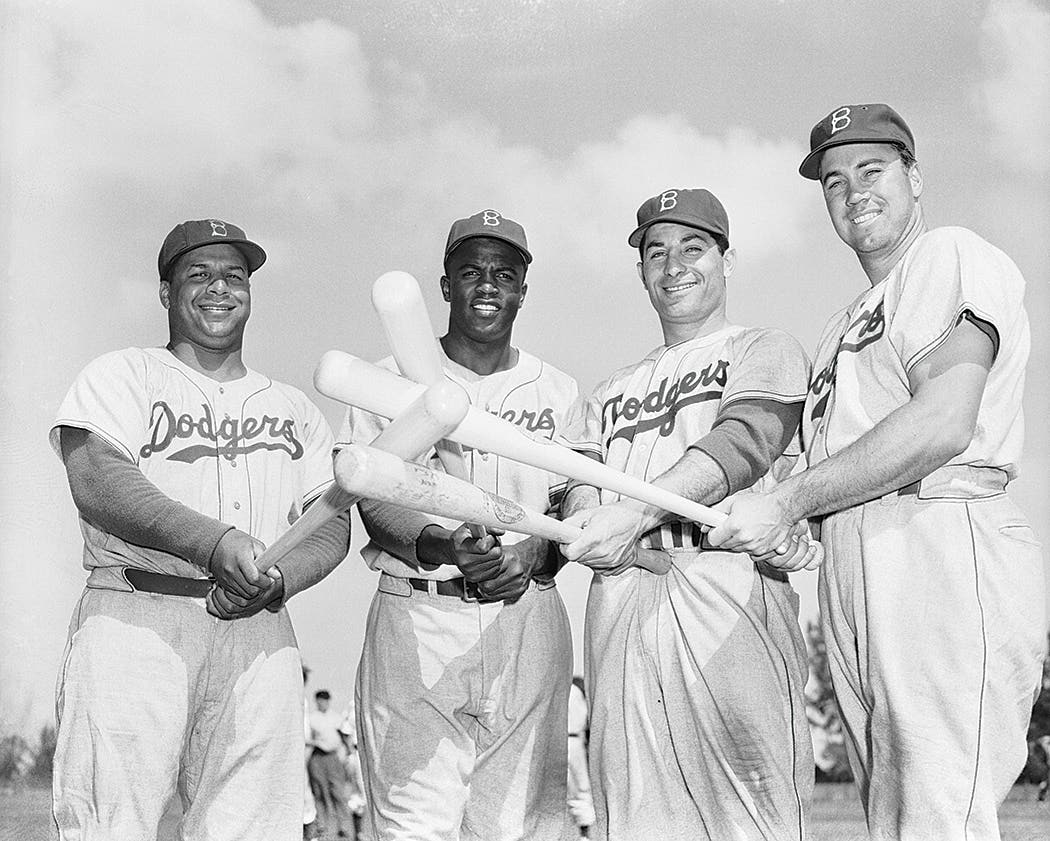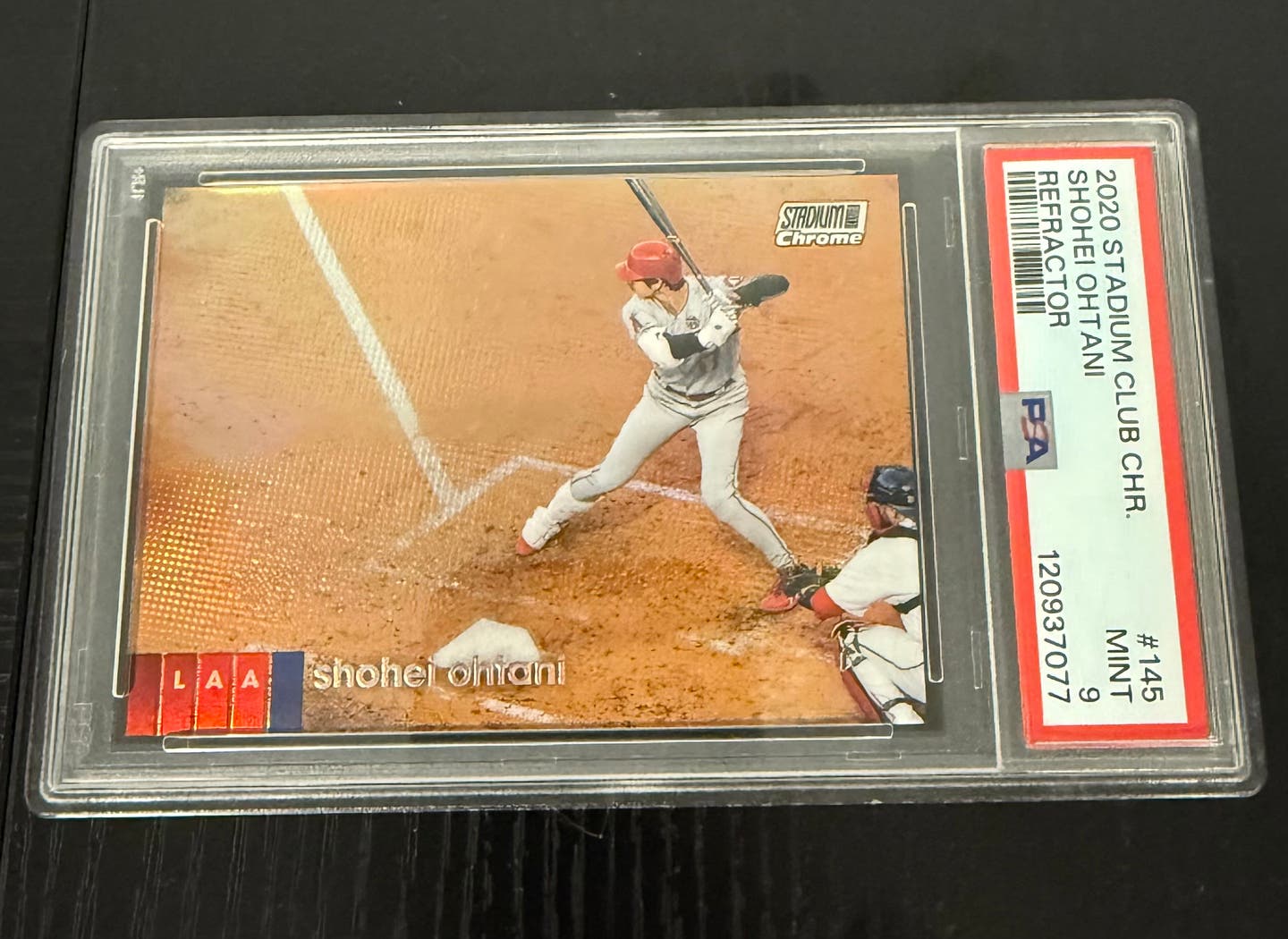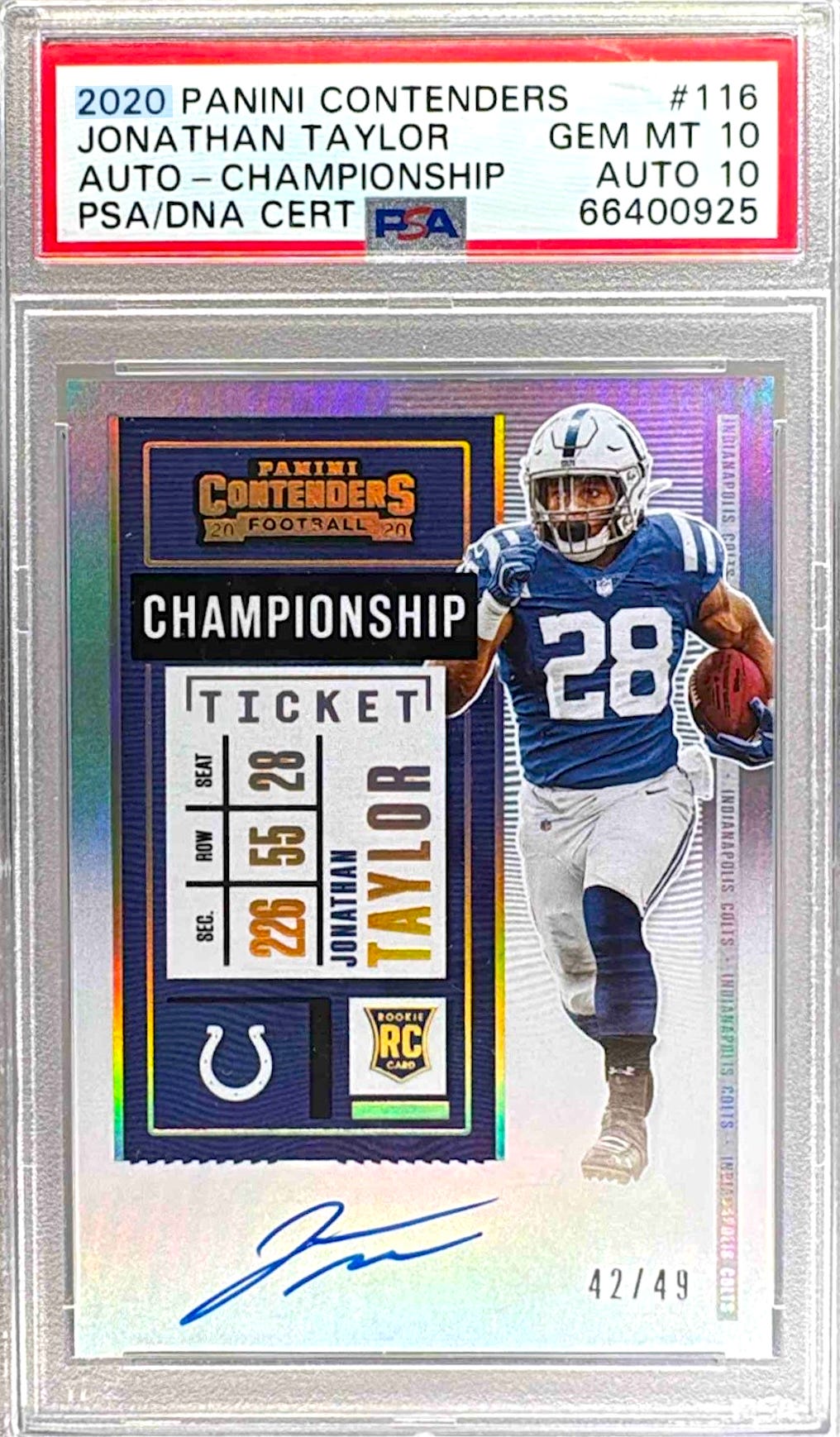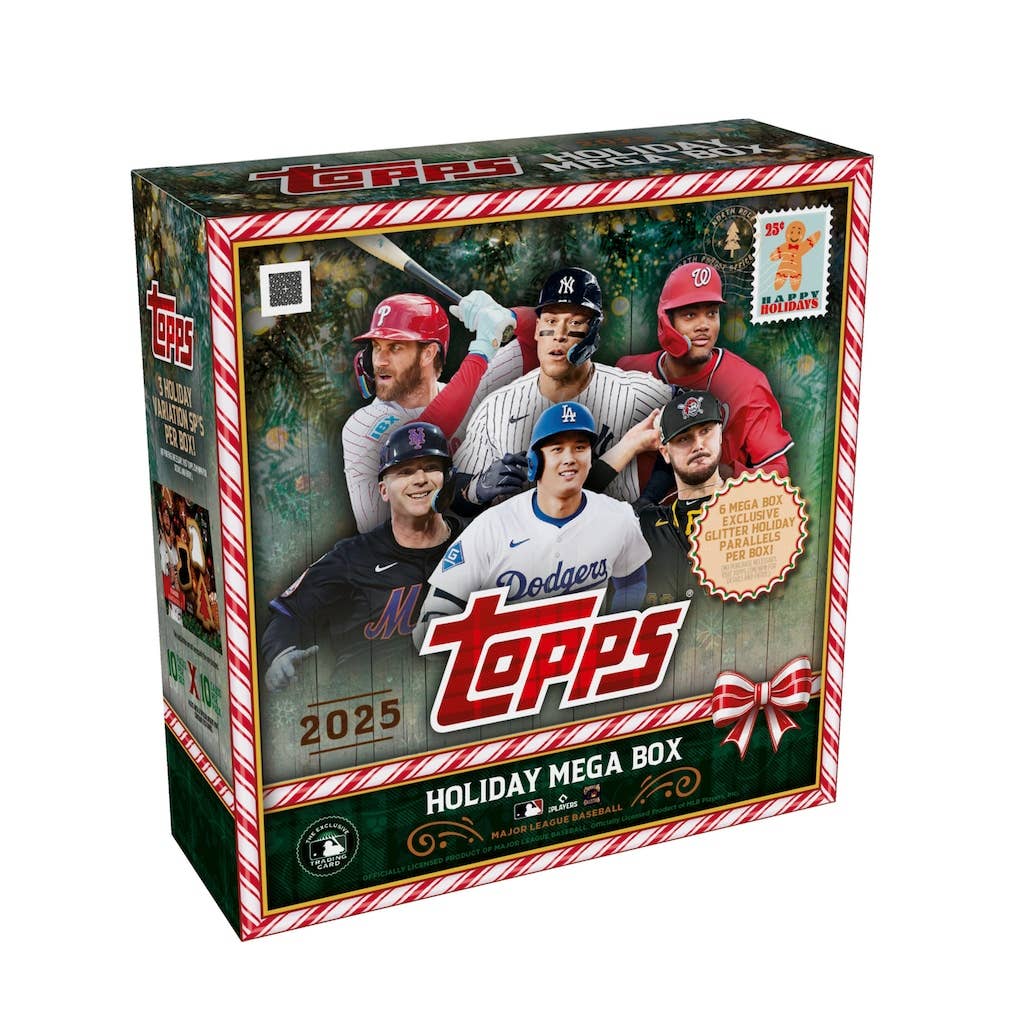
News
DODGER DREAMS: ‘Dem Bums’ live on in special Brooklyn Dodgers collection
As a writer of historical fiction novels, I have come into contact with some pretty interesting people and organizations during the all-important research phase of each project.
Two of my most recent projects bear this out; interestingly, those core enthusiasts of their respective genres have quite a bit in common. I’m referring to the Beatles, the subject of my novel “30 Minutes in Memphis: A Beatles Story,” and the Brooklyn Dodgers, the centerpiece of my latest book, “The Kid From Dodgertown.”
In both cases, I had to dig deep in my research, hyper-focused on particular years: 1966 for the Fab Four and 1953 for the Dodgers. In so doing, I communicated with insiders, enthusiasts, and scholars of both groups and gathered information to make my story realistic. And, although I was kind of an outsider in both areas (I am neither a true Beatles historian nor an expert on the Brooklyn club, having grown up a Yankees fan after their move to Los Angeles), I found their respective followers to be friendly and helpful. This led me to join a number of Beatles and Brooklyn Dodgers Facebook groups, where members share related information and memorabilia of all kinds.
What I’ve found is that though you can’t find more dissimilar subjects, the band from Britain and the ballclub from Brooklyn share common traits:
• Their heyday lasted roughly ten years.
• They were tremendously successful over this relatively short time span.
• Their chief members were/are considered all-time greats in their field.
• Their end as a unit came abruptly and painfully for their fans.
• They transcended their profession to become historical and cultural icons.
• They are celebrated and discussed to this day, and their fandom is often passed down.
• Memorabilia connected to them is much sought after.
During the many hours spent on the respective fan Facebook pages, I was frequently astounded by the variety of memorabilia connected to each group. The Beatles were literally the first rock and roll band to be merchandised, and there’s a ton of stuff out there. Likewise, a lot of Brooklyn Dodgers souvenirs and memorabilia (much of it centered around Jackie Robinson) were manufactured back in the day. Add to this both game-used or game-worn uniforms, bats, gloves, etc., as well as autographed items, and you can really knock yourself out, especially in your wallet, collecting it all.
Three especially important Dodger-related Facebook pages I frequented are: “Jackie Robinson and Larry Doby 1947 USA,”; “Brooklyn Dodgers Nostalgia Society,” and “Brooklyn Dodgers (The Boys of Summer).” After checking out all the neat items that various members of the sites proudly posted, I asked if anyone had an especially comprehensive collection they’d like to share with our SCD readers. Jerry Kurtz, who was 2 years old when the Dodgers left Brooklyn, graciously agreed.
Although he has always lived far away from New York, he’s put together a veritable shrine to “Dem Bums.” So why does someone devote so much time and effort to preserving the memory of a long-lost ball club? Let’s find out.
SCD: How did your interest in the Brooklyn Dodgers come about?
JK: I was literally born a Brooklyn fan in 1955, the year they finally beat the Yankees in the World Series. My father took a picture of me the day after Duke Snider hit two home runs against the Yankees, posing me with a photo of Snider and a bat. As a young man, he’d lived in Whitestone, Queens, which was close to Brooklyn, so for him, it was always the Dodgers. And he passed his passion on to me.
Then, in the mid-1960s, Strat-O-Matic came out with an edition involving the 1941 Dodgers. My dad and I played that game for hours, and during those games, I learned all about that ballclub. Cookie Lavagetto, Pete Reiser, Dolph Camilli, Joe Medwick, Dixie Walker. … My dad loved that team. A couple of years later, Strat-O-Matic came out with the 1953 cards, so I got to learn all about those guys. (Author’s Note: Jerry is still playing Strat-O-Matic today. In 2021, he acquired the Windows version, which has an “as played” option. This plays the complete schedule of the chosen teams—in Jerry’s case, all the Dodger clubs from 1939-1957. Through this avenue, he came to know every member of those teams and pursued autographs from even the most obscure players from those squads.)
How and when did you start your collection?
After 20 years of growing up in Queens, my dad moved to Cleveland, where he got a college basketball scholarship to Baldwin Wallace. Then, he met my mom and settled down in the Midwest. But he still remembered the Dodgers of his youth, and he passed that on to me.
We were living in Springfield, Ill., around 1965 and went to visit family in Cleveland. While in town, we ended up at a used bookstore. They had a huge case filled with old baseball cards that you could buy for a penny apiece. I went through them, and the first card that caught my eye was a 1957 Roy Campanella. So, I kept picking them out, and before I was done, I had amassed around 100 Brooklyn Dodgers cards—for under a dollar! As a kid, I collected baseball cards like my friends, but I’d never even seen a Brooklyn Dodgers card until that day. So that was the start.
My father passed away in 1973, and it was a huge loss because he was my best friend. I guess in his honor, I kept collecting the cards and Brooklyn-related stuff. Then, in 1981, I was in Atlanta in a mall, and there was a sports memorabilia shop that had a lot of autographs. The first one I saw was a signed photo of Duke Snider—my dad’s idol. So, I bought it, and that was the beginning of the autograph collecting. I soon found out about the Smalling address book and started writing away for autographs. My goal, as a tribute to my dad, was to get an autograph from every one of the 1941 Dodgers. It would take almost 15 years to complete that task.
Once you had focused on the Brooklyn Dodgers, what resources did you use to find related memorabilia?
What really helped was Sports Collectors Digest. Back then, it was really thick, like The Sporting News. That magazine, to me, was like an open bar to an alcoholic. I would take it to work (I was a computer programmer at the time) and read it on my breaks and during lunch, trying to find Dodger stuff. In the early ’80s, I also had a part-time job for a while in a baseball card shop, which gave me access to autographed items and such.
From reading SCD, I started monitoring sports memorabilia auctions in places like Lelands and Grey Flannel. That’s how I came across the black World Series bats that had hung in the bar of Gil Hodges’ bowling alley. The bats even had holes drilled in them, so people couldn’t steal them off the wall. There were three of them: 1947, 1952, and 1953. That got me started in another direction with World Series black bats. After my son showed interest in them, we’ve just kept acquiring them for the past 20 years. Through SCD, I came in contact with reputable dealers like Zane Burns. When it comes to bats, he has or can find you any bat you’re looking for. Later on, COVID led me to have some disposable income and the time to pursue other stuff; that’s how I found the 1955 World Series bat, the holy grail of black bats for Dodger collectors.
Tell us about your Ebbets Field seats.
I found those through SCD, if I’m not mistaken, around 1993. I paid around $750 for them. They came already repainted. They really could have been refinished better, though, and someday I’ll have them redone. They make a great display piece.
You've got a tremendous amount of cards, according to your inventory list.
Yes, I have almost every Brooklyn Dodger card from ’48 to ’57, except for a few high-number ’52s I’m still chasing down.
What have you learned along the way about collecting Brooklyn Dodgers memorabilia?
Well, there is a surprising amount out there; you’ve just got to be selective and focus on one area at a time. Authenticity can be an issue, so I only buy from reputable dealers. Most of my high-end autographed items I obtained from longtime SCD advertiser Kevin Keating, including my Robinson and Campanella signatures. Simply put, you’ve got to do your homework. I built a trust with certain dealers over the years, and it has worked out well. Surprisingly, I’ve obtained very few of these autographs in person. I’m more of a low-profile collector. As previously mentioned, I did obtain many through the mail. Years ago, Leo Durocher and Chuck Connors sent me signed 8-by-10s, personalized to me. I also wrote back and forth with Gene Hermanski and Cookie Lavagetto, who were great. I even got into a competition with a buddy of mine for a while over who could get more autographs through the mail. But it was funny because he’d go after big names like Hank Greenberg while I’d be writing to some Dodger benchwarmer.
From the voluminous inventory you provided, could you pick a favorite item?
To be honest with you, if the house was on fire and I had to grab one item, it would be my copy of Roger Kahn’s “The Boys of Summer,” because it was the last birthday present my father gave me before he passed. The rest of it can all be replaced. You see, my father had read that book before me. His DNA is in that book.
My second favorite piece is my “Boys of Summer” display. I found the artwork poster in Sports Collectors Digest and then had it matted and framed with the autographs I already possessed: Snider, Hodges, Robinson, Reese, and Campanella. It came out beautiful.
Who is your favorite Dodger?
Well, by the time I was old enough to follow the game, my baseball idol was Sandy Koufax. I have more Koufax pieces than any other player. Of course, he had his greatest years in Los Angeles, but he did get his start in Brooklyn. And although there are some Brooklyn collectors who won’t have anything to do with the LA club (some Brooklyn Dodgers sites strictly forbid any mention of the Los Angeles team, even though a bunch of Brooklyn players made the move west), I do have a lot of stuff from the 1970s teams, including autographs and game-used bats from every starter on their ’74, ’77, ’78 and ’81 World Series clubs.
What’s been the reaction of your family to you having this huge room dedicated to the Dodgers?
There’s been no problem at all. We’ve moved a few times through the years, but the understanding has always been that there would be a “Dodger man cave.” Besides, my wife’s a collector, too; her office features Elvis and John Lennon memorabilia.
Which Dodger items are you still searching for?
One is a Wilbert Robinson autograph. He was the ballclub’s manager way back in the early part of the 20th century. Another is a game-worn Brooklyn Dodgers jersey. It doesn’t have to be a star; any year or player will do. I just don’t have the money to lay out for the big stars. I have autographed jerseys from Brooklyn players in my collection, but they are modern replicas. I do have a number of actual game-used LA Dodgers jerseys, but again, that’s another story.
How do you account for the continued popularity of the Brooklyn Dodgers?
It just seems like every few years, something comes up that brings them back into the spotlight. You had “The Boys of Summer” come out in the ’70s, and then Peter Golenbock’s book, “Bums: an Oral History of the Brooklyn Dodgers,” later on. Then there was the retirement of Jackie Robinson’s number throughout baseball, and most recently, the movie “42.” Of course, every April, America is reminded of the Brooklyn Dodgers on Jackie Robinson Day. And, until the day he passed away, Vin Scully was always there to tell stories about those teams.
As far as collecting Brooklyn stuff in the future, it’s gotten pretty expensive, and Robinson items are extremely desirable. But I’m always on the lookout. I’ve been able to do a lot of hunting during my downtime at work. I’ve been running a baseball training center for over 20 years now, and this gives me an opportunity to stay in touch with the game I’ve always loved while helping kids try to realize their dream of playing in the big leagues. My own playing career only extended through junior college, but being around those kids reminds me of how fortunate I was for the 17 years I had with my dad—the life lessons that I learned from him during the countless hours we spent on hitting and following the Dodgers. When I think of that, I remember how blessed I am to have the same bond, if not stronger, with my son. There is a bond between father and son that only sports can create.
When you’re alone in your Brooklyn Dodgers man cave, what thoughts or feelings come to mind as you take it all in?
The room is far more than a Dodger mancave—it’s a mirror to my life. I have things that I started collecting when I was 8 or 9 years old. It’s my personal Field of Dreams. When I’m in there, so many things go through my mind. I always get a serene and peaceful feeling when I’m there. It’s a great place to go to just let my mind wander. I can’t help but just look all around the place when I’m there. I look at the Ebbets Field seats and wonder what it must have been like to sit in them and watch a game or that my dad might have sat in those seats as a kid.
I look at the World Series black bats and pennants and get nostalgic about the great Dodger teams they represent. I look at all the books, yearbooks, and programs and am thankful for the love of reading I got from my dad. I look at the “Boys of Summer” display and can’t help but think about how Jackie Robinson held that signed index card and how Roy Campanella touched that piece of paper before his accident. It’s like that with all the autographs I have, like having a piece of that person, something he took the time to hold and sign.
I look at the older baseball cards, especially the Brooklyn Dodger ones, and imagine a kid in the ’40s or ’50s taking his pennies to the local candy store, getting a pack of cards and going home to open them, then holding onto them long enough to end up in my hands. That’s why I really don’t have a lot of slabbed or graded cards. I love the rough ones that were some kid’s prized possession. And when I’m playing Strat-O-Matic in the room, I am at Ebbets Field, surrounded by all those great players. It’s a great feeling.
So there you have it. What a great story about a man cave that originated with a father handing down his love of the Brooklyn Dodgers to his son way back in the 1960s.
When Jerry’s dad died, his mom bought him a Brooklyn Dodgers jacket that he still wears on occasion. For the past 20 years, the only hat he’ll wear is the blue one with the embroidered “B.” He says kids at his training facility often ask who the team is on his hat, and I’m sure he’s all too happy to pass on the story of Brooklyn’s beloved Bums.
Paul Ferrante is a collector and regular contributor to SCD. Readers can contact him through his website. You can also check out his T.J. Jackson Mysteries Facebook page.
You may also like:








